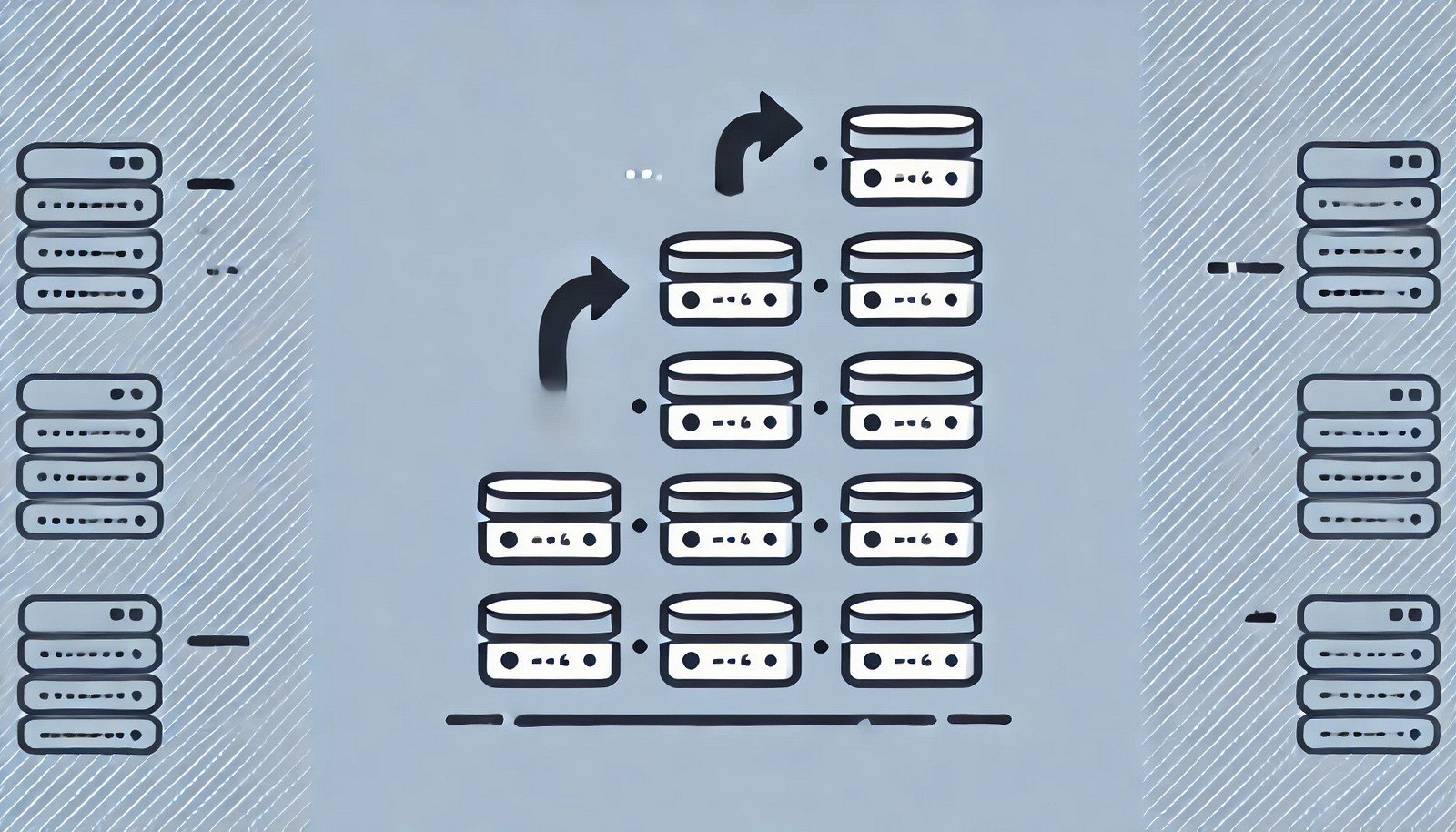Incremental Backup
 (Representational Image | Source: Dall-E)
(Representational Image | Source: Dall-E)
Quick Navigation:
- Incremental Backup Definition
- Incremental Backup Explained Easy
- Incremental Backup Origin
- Incremental Backup Etymology
- Incremental Backup Usage Trends
- Incremental Backup Usage
- Incremental Backup Examples in Context
- Incremental Backup FAQ
- Incremental Backup Related Words
Incremental Backup Definition
An incremental backup is a data backup method that records only the changes made since the last backup, minimizing storage and time consumption. However, restoring requires assembling multiple incremental backups with the last full backup.
Incremental Backup Explained Easy
Imagine keeping a diary and only saving the new page each day instead of copying the whole book. That’s how an incremental backup works—it only saves what has changed since the last backup.
Incremental Backup Origin
Incremental backups emerged in early computing when efficient storage use was crucial. Over time, they became essential in modern backup strategies, especially with cloud-based systems.
Incremental Backup Etymology
Derived from the Latin word incrementum, meaning "growth" or "increase," reflecting the method of gradually adding changes to backups.
Incremental Backup Usage Trends
With the rise of cloud computing and enterprise data growth, incremental backups have become the standard, optimizing backup efficiency while minimizing storage overhead.
Incremental Backup Usage
- Formal/Technical Tagging:
- Data Backup
- Disaster Recovery
- Cloud Storage - Typical Collocations:
- "incremental backup strategy"
- "restore from incremental backup"
- "cloud-based incremental backup"
- "incremental vs. differential backup"
Incremental Backup Examples in Context
- A company schedules incremental backups daily, reducing storage costs and backup time.
- Cloud services use incremental backups to sync user files efficiently.
- IT teams implement incremental backup strategies to balance efficiency and restore speed.
Incremental Backup FAQ
- What is an incremental backup?
It saves only files that have changed since the last backup, reducing storage use and backup time. - How does incremental backup differ from full backup?
A full backup copies everything, while an incremental backup only copies changes. - Is incremental backup faster?
Yes, it's quicker than full backups but takes longer to restore. - What are the downsides?
Restoring data requires combining multiple backups, making it complex. - How is it used in cloud storage?
Cloud services rely on incremental backups to minimize bandwidth usage. - How often should incremental backups be done?
Daily or hourly, depending on data importance. - What is the difference between incremental and differential backups?
Incremental saves only new changes; differential saves all changes since the last full backup. - Does it slow down system performance?
No, it runs efficiently in the background. - Which software supports incremental backups?
Popular tools include Acronis, Veeam, and Windows Backup.
Incremental Backup Related Words
- Categories/Topics:
- Data Protection
- Cybersecurity
- System Administration
Did you know?
Incremental backup techniques are a key defense against ransomware attacks, allowing rapid recovery without paying ransom.
PicDictionary.com is an online dictionary in pictures. If you have questions or suggestions, please reach out to us on WhatsApp or Twitter.Authors | Arjun Vishnu | @ArjunAndVishnu

I am Vishnu. I like AI, Linux, Single Board Computers, and Cloud Computing. I create the web & video content, and I also write for popular websites.
My younger brother, Arjun handles image & video editing. Together, we run a YouTube Channel that's focused on reviewing gadgets and explaining technology.



Comments powered by CComment